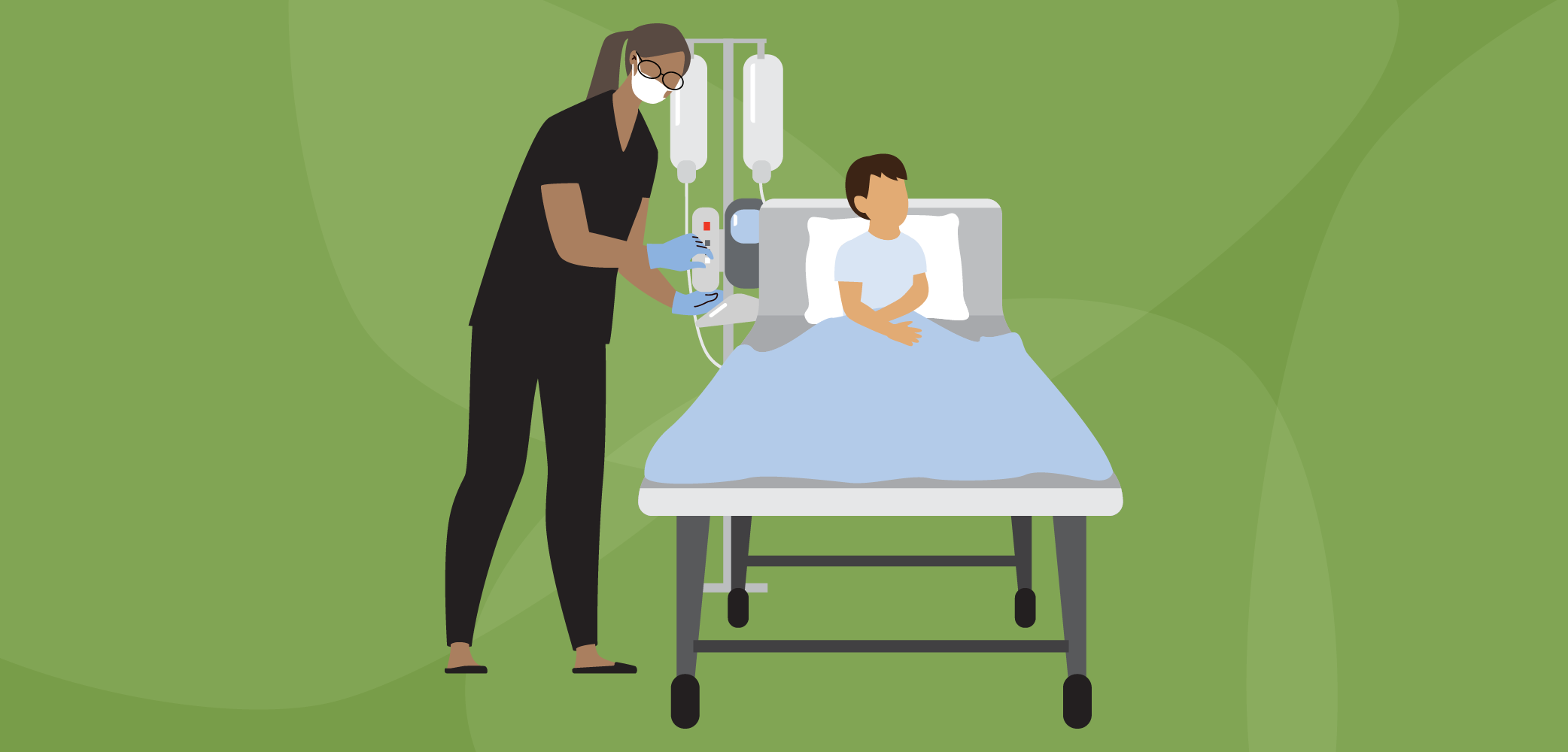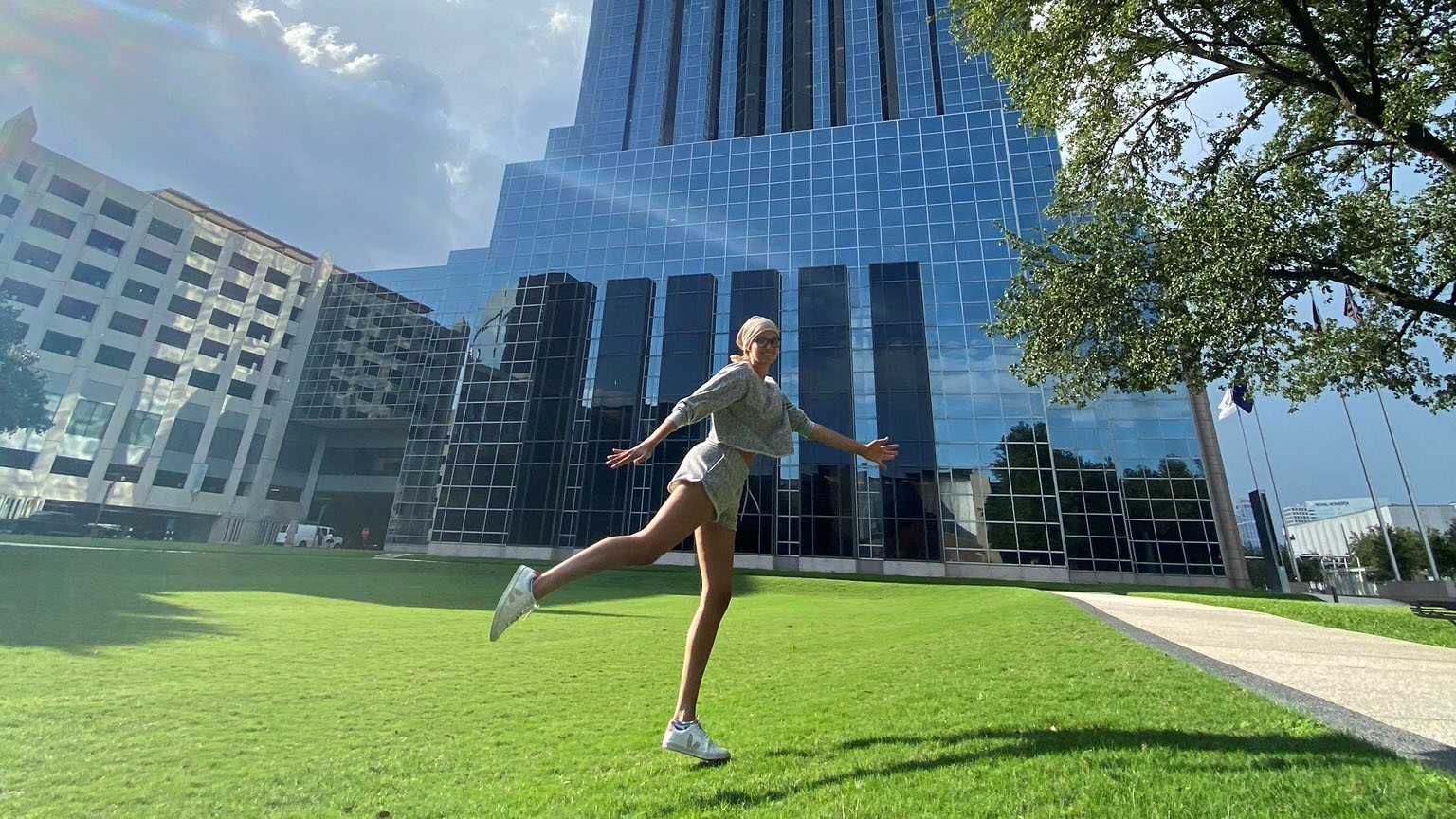- Diseases
- Acoustic Neuroma (16)
- Adrenal Gland Tumor (24)
- Anal Cancer (70)
- Anemia (2)
- Appendix Cancer (18)
- Bile Duct Cancer (26)
- Bladder Cancer (74)
- Brain Metastases (28)
- Brain Tumor (234)
- Breast Cancer (728)
- Breast Implant-Associated Anaplastic Large Cell Lymphoma (2)
- Cancer of Unknown Primary (4)
- Carcinoid Tumor (8)
- Cervical Cancer (164)
- Colon Cancer (168)
- Colorectal Cancer (118)
- Endocrine Tumor (4)
- Esophageal Cancer (44)
- Eye Cancer (36)
- Fallopian Tube Cancer (8)
- Germ Cell Tumor (4)
- Gestational Trophoblastic Disease (2)
- Head and Neck Cancer (14)
- Kidney Cancer (130)
- Leukemia (342)
- Liver Cancer (50)
- Lung Cancer (286)
- Lymphoma (278)
- Mesothelioma (14)
- Metastasis (30)
- Multiple Myeloma (100)
- Myelodysplastic Syndrome (60)
- Myeloproliferative Neoplasm (6)
- Neuroendocrine Tumors (16)
- Oral Cancer (102)
- Ovarian Cancer (178)
- Pancreatic Cancer (162)
- Parathyroid Disease (2)
- Penile Cancer (14)
- Pituitary Tumor (6)
- Prostate Cancer (150)
- Rectal Cancer (58)
- Renal Medullary Carcinoma (6)
- Salivary Gland Cancer (14)
- Sarcoma (238)
- Skin Cancer (302)
- Skull Base Tumors (56)
- Spinal Tumor (12)
- Stomach Cancer (66)
- Testicular Cancer (28)
- Throat Cancer (92)
- Thymoma (6)
- Thyroid Cancer (100)
- Tonsil Cancer (30)
- Uterine Cancer (86)
- Vaginal Cancer (18)
- Vulvar Cancer (22)
- Cancer Topic
- Adolescent and Young Adult Cancer Issues (22)
- Advance Care Planning (12)
- Biostatistics (2)
- Blood Donation (18)
- Bone Health (8)
- COVID-19 (360)
- Cancer Recurrence (120)
- Childhood Cancer Issues (120)
- Clinical Trials (628)
- Complementary Integrative Medicine (22)
- Cytogenetics (2)
- DNA Methylation (4)
- Diagnosis (240)
- Epigenetics (6)
- Fertility (62)
- Follow-up Guidelines (2)
- Health Disparities (14)
- Hereditary Cancer Syndromes (128)
- Immunology (18)
- Li-Fraumeni Syndrome (8)
- Mental Health (122)
- Molecular Diagnostics (8)
- Pain Management (62)
- Palliative Care (8)
- Pathology (10)
- Physical Therapy (18)
- Pregnancy (18)
- Prevention (940)
- Research (390)
- Second Opinion (78)
- Sexuality (16)
- Side Effects (616)
- Sleep Disorders (10)
- Stem Cell Transplantation Cellular Therapy (216)
- Support (408)
- Survivorship (330)
- Symptoms (182)
- Treatment (1794)
Pediatric melanoma survivor gets back in the game
3 minute read | Published August 24, 2016
Medically Reviewed | Last reviewed by an MD Anderson Cancer Center medical professional on August 24, 2016
Anthony Ivey was just 10 years old when he was diagnosed with pediatric melanoma. While playing baseball in 2012, he’d taken a hit to the left elbow. That made him take a closer look at a flat brown lesion he’d had there for several years.
Anthony had never paid much attention to it before, but when he showed the spot to his mother, she began to monitor it. Alarmed by how quickly it was growing, she took Anthony to a local dermatologist. The doctor performed a punch biopsy.
She told Anthony it was a nevus (a usually harmless mole or birthmark), but a few weeks later, it began to grow back through the scar.
“I wasn’t scared of the mole being cancer,” Anthony says. “I just didn’t like the (lidocaine) shots they used to numb the area when they removed it, because those hurt really bad.”
Still, Anthony returned to the dermatologist, who removed a larger section of his elbow skin for biopsy. When that proved inconclusive, the doctor referred Anthony to Cynthia Herzog, M.D., at MD Anderson Children’s Cancer Hospital.
That’s when they got a definitive pediatric melanoma diagnosis. “Dr. Herzog told me that I would need surgery and possibly other treatments,” Anthony says.
Treatment at MD Anderson begins
Anthony had his first surgery at MD Anderson that March. He underwent a second surgery a few weeks later to remove several lymph nodes from his arm. He also began receiving interferon intravenously for four weeks. He continued to receive that drug at home by injection for another 48 weeks.
“I went through a lot that year,” Anthony says. “I lost a lot of weight and some of my hair. And I got real tired really fast. I had no appetite, and I got a fever a lot and my body hurt. But I still went to school and did my very best.”
Anthony finally completed his pediatric melanoma treatment in 2013, and has shown no evidence of disease since then. Even a new lesion that appeared on his upper arm last November tested negative for melanoma.
“God blessed me,” he says.
Making a play to raise pediatric melanoma awareness
Now, Anthony is back to enjoying his life. He still plays both baseball and football and insists the surgeries have not limited him in any way. “I can play any sport,” he says.
The high school freshman also uses sunscreen regularly and encourages his friends to do the same. This fall, he’ll be doing his part to raise melanoma awareness by participating in the Aim for the Cure Melanoma Walk in Houston on Saturday, Sept. 17.
His hope is that by participating in the Aim for the Cure event, he will bring attention to melanoma and the importance of regular mole checks for people of all ages.
As he says, “This is a part of my life now, and I want people to know it can happen to kids.”
Related Cancerwise Stories

This is a part of my life now, and I want people to know it can happen to kids.
Anthony Ivey
Survivor





